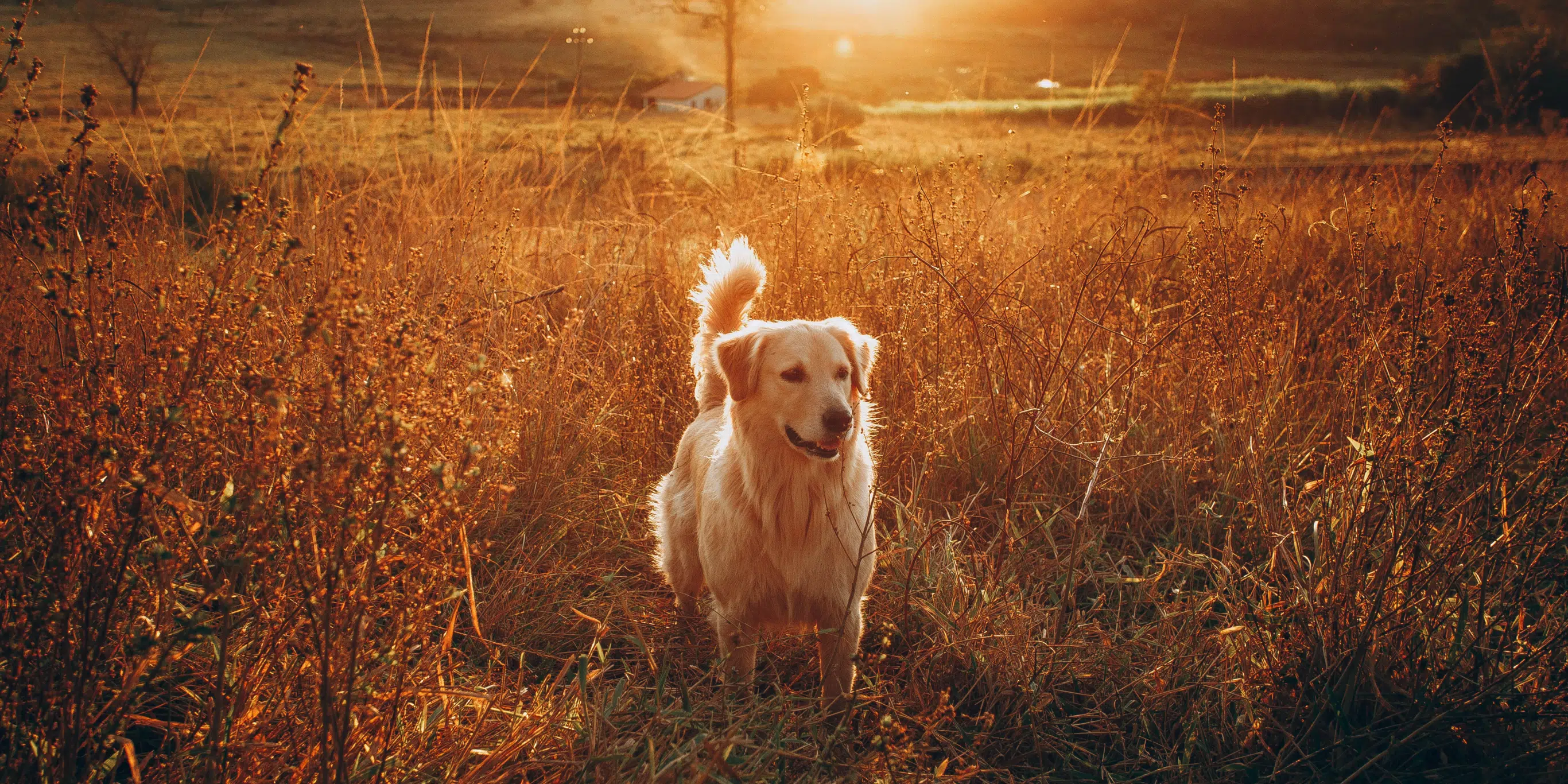While canines were a heavy topic of conversation Monday, Wellington North council grappled with the concept of restrictions on livestock guardian dogs.
Livestock guardian dogs, or LGD’s, work on farms with sheep, protecting them from predators.
One Wellington North resident has ten pet dogs that are classified as lap dogs and not working dogs.
LGD’s bond with sheep and are outdoor dogs that rarely connect with humans.
Council was discussing amending several canine bylaws including the one pertaining to the livestock guardian dogs.
According to a report, the Animal Control Officer is of the opinion that the number of dogs on an agriculturally zoned property with more than 25 acres should be reduced from ten dogs to five.
Mayor Andy Lennox was on the fence, as he said he agreed with the revisions proposed including the fact that if you are licensing dogs, you must be living at that property, but was struggling with the aspect of the LGD’s.
The report also stated the Province of Ontario’s guidelines have a general rule of thumb: one LGD is needed per 100 ewes. In an Australian study, the average number of LGDs was two dogs for 100 stock, four dogs for 1,000 stock and nine dogs for 10,000 stock.
Currently there is only one individual who has licensed ten dogs, one with nine licensed dogs, one with eight licensed dogs and two with six licensed dogs. Everyone else has five or less.
Lennox also suggested council re-evaluate the criteria for what constitutes an LGD.
The report was received for information, and staff will come back with an exemption for livestock guardian dogs at a later date.









